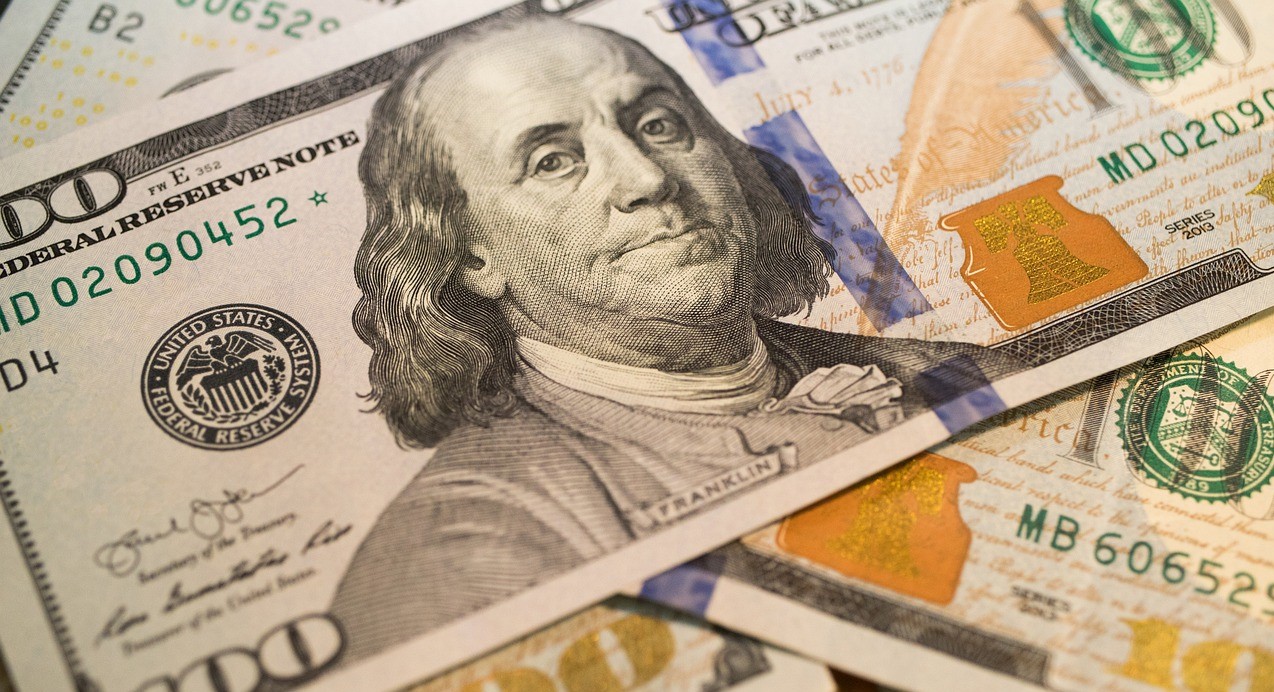There are three major factors that could significantly impact the United States' economic growth in the quarter ahead, according to a forecast by Bank of America.
- Inflation in the U.S.
- Coronavirus in China
- Energy shock and Europe
As inflation edges higher in the United States, the Fed will continue to raise interest rates in order to bring it back down.
1. Inflation in the U.S.
Higher inflation pressures have yet to peak in the U.S. and could remain high for an extended period of time, according to Quinlan.
"Inflation is expected to remain persistently higher for longer, meaning a more hawkish stance from the Fed in terms of raising the fed funds rate and reducing the Fed’s balance sheet," he said. "The odds now favor a 50 bps hike in the fed funds rate in May."
As inflation surges, the risk of a recession is rising with it, or slower-than-expected GDP growth. The Federal Reserve could respond by raising rates at a faster rate in order to bring inflation under control, according to Quinlan.
2. Coronavirus in China
In late March, more than 70 major cities in China were either partially or fully shut down, according to Bank of America’s forecast. But despite this, the number of daily new COVID-19 cases there among the highest since the pandemic began.
Quinlan explained that reduced economic output from the world’s largest exporter could have a negative effect on today’s fragile global economy. It could also cause the Fed to shift its plans for interest rates in the coming months and create more financial stress for consumers.
"More shutdowns, not unexpectedly, means more downside risks to China’s growth outlook," he said. "Service activities (travel, retail, etc.) will bear the brunt of the shutdowns and dampen Chinese personal consumption levels. Manufacturing remains a priority for a government still expecting the economy to expand 5.5% this year."
3. Energy shock and Europe
Quinlan classified the current state of the European economy as "weak," primarily noting the ongoing conflict between Russia and Ukraine. He said that as a result, European energy prices are rising, adding that policy changes in America will be determined by global economic changes.
"The more Europe spirals downward, the greater the risks to the global earnings of U.S. multinationals that count Europe as their top market in terms of non-U.S. earnings," he added.
The Federal Reserve will continue to monitor these factors as it determines its next steps for the federal funds rate.














